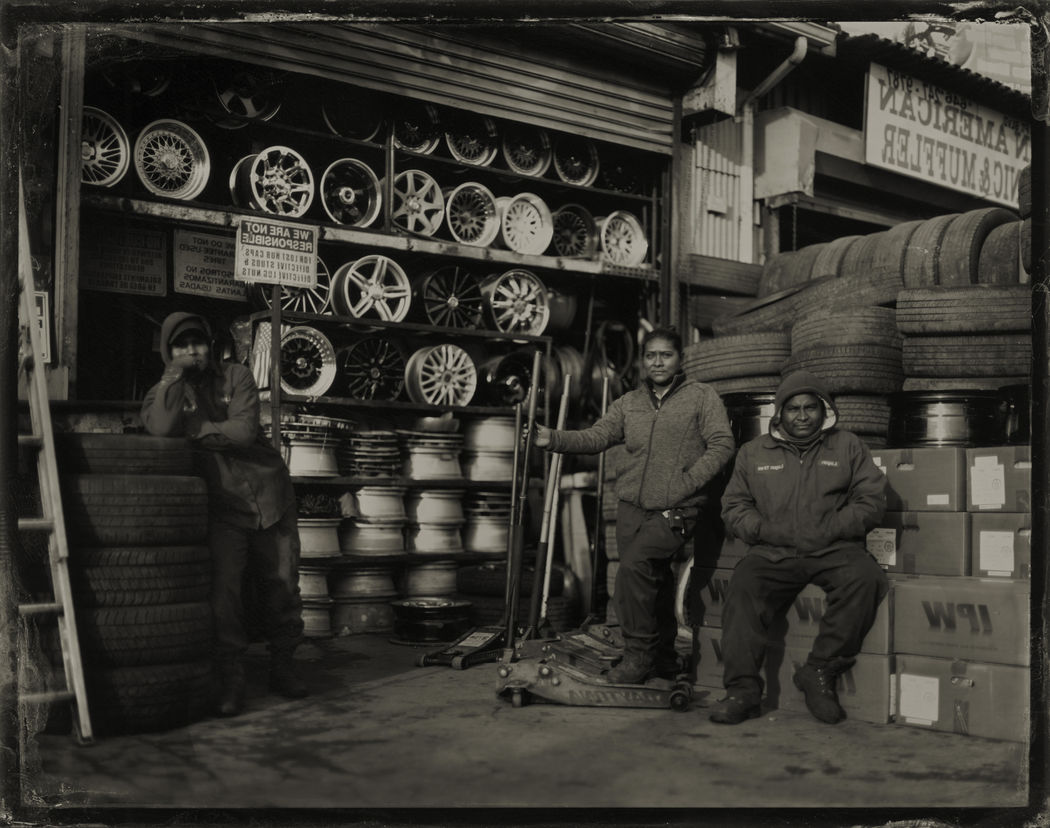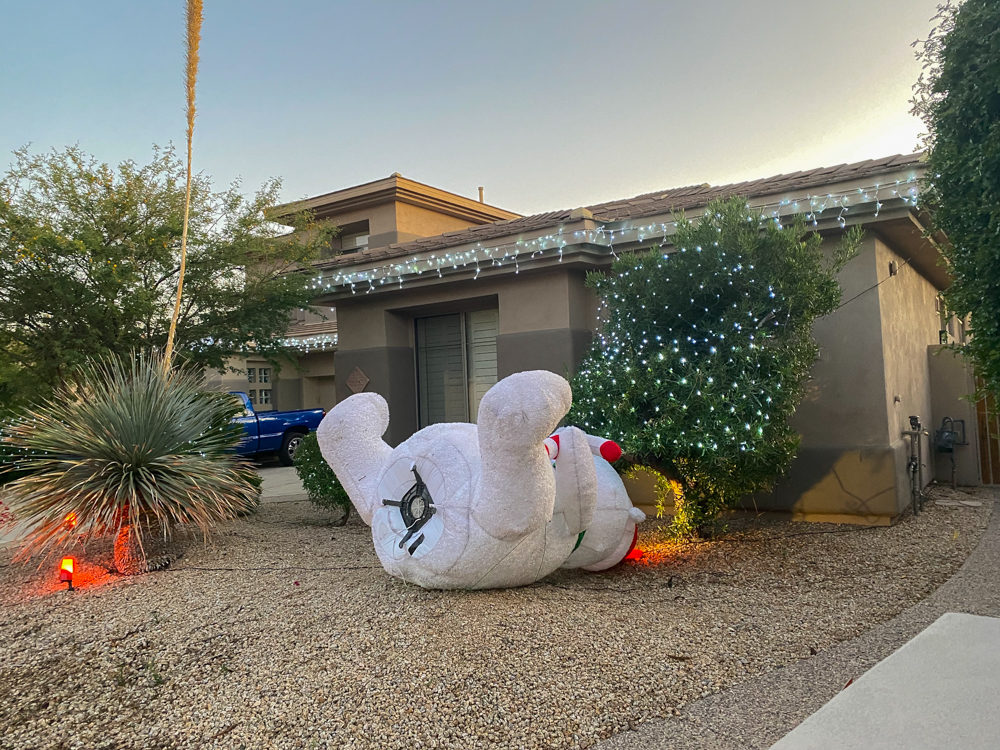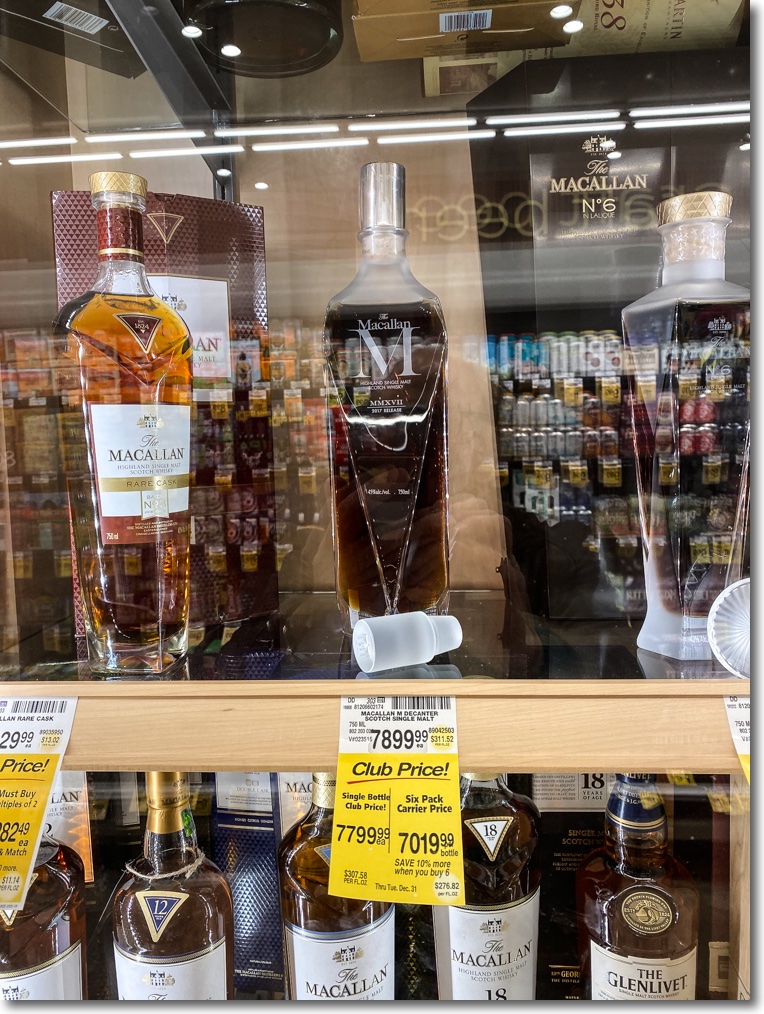Not half bad.

High quality maple wood sphere in Terminal 3.
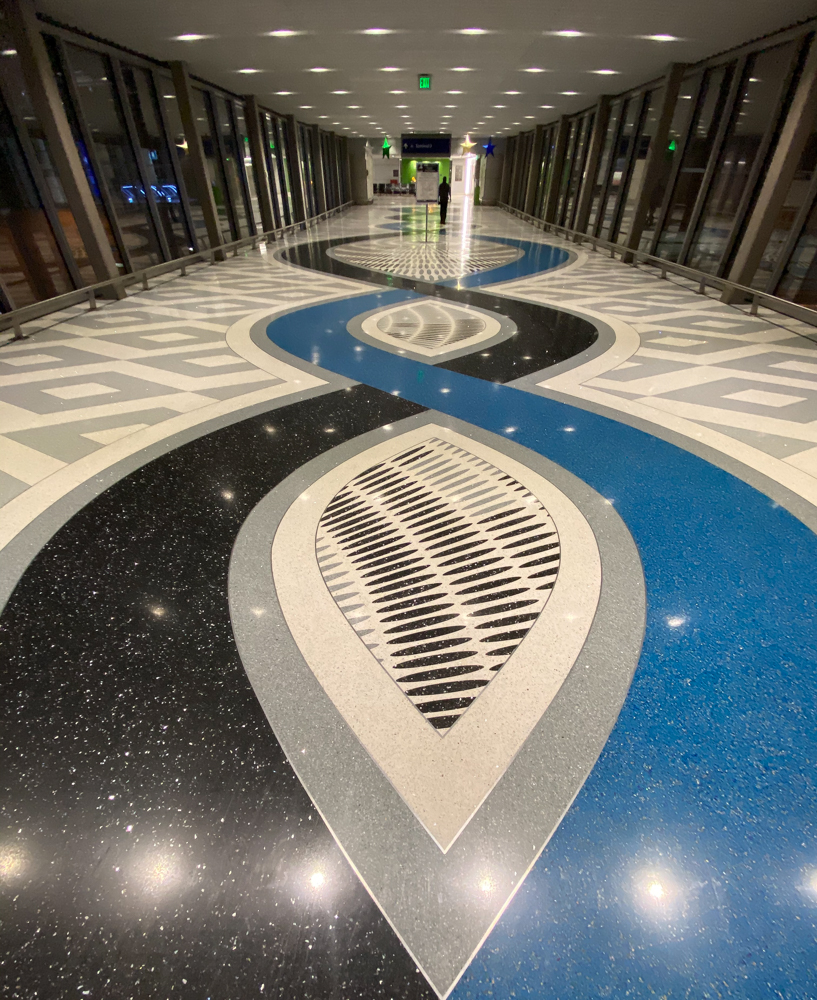
Beautiful terrazzo floor in the skyway – Rockefeller Center quality.
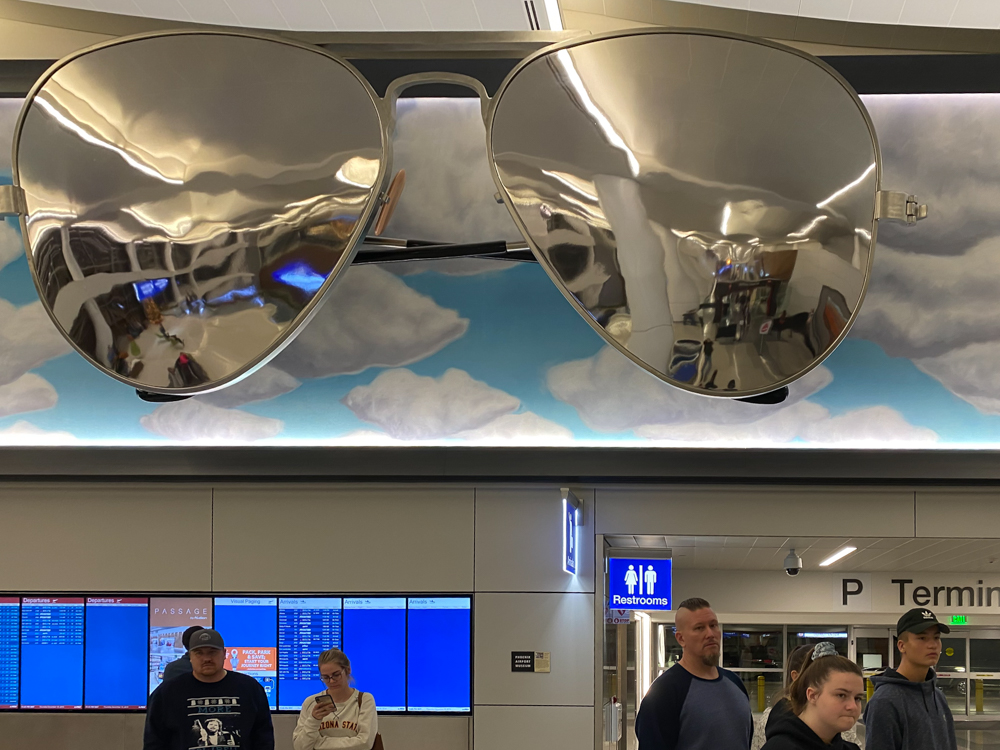
Big Brother.
Phoenix Airport has many art displays scattered among the various terminal buildings, which makes for a little joy in the otherwise miserable US airport experience.
iPhone 11 Pro snaps.
